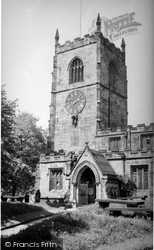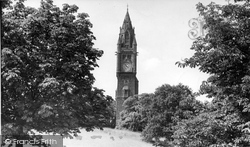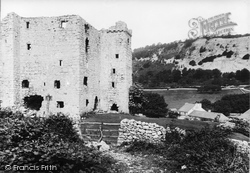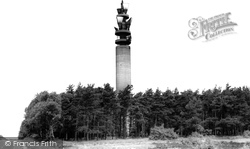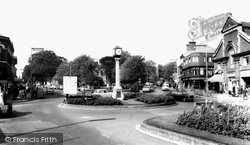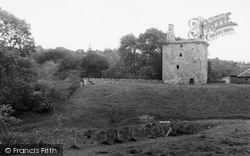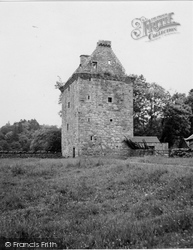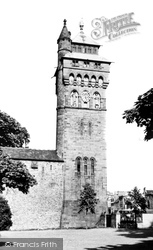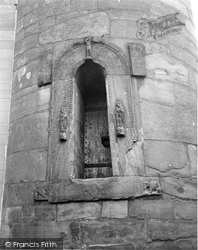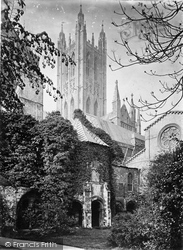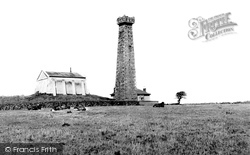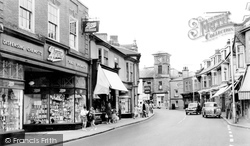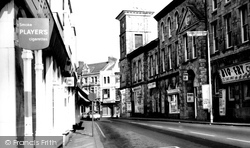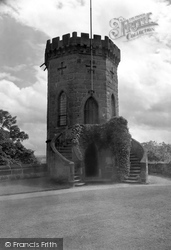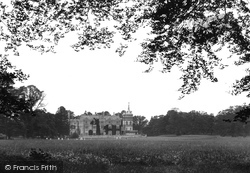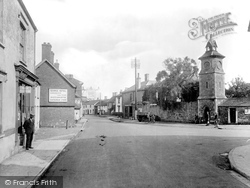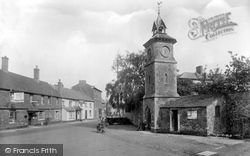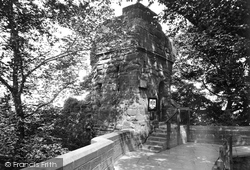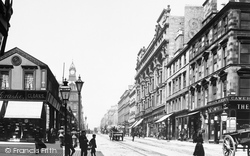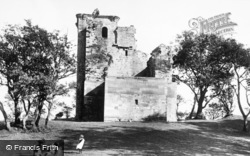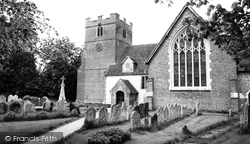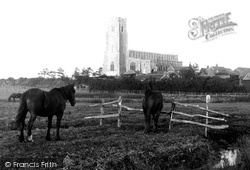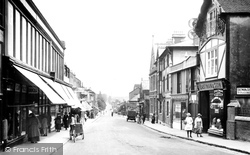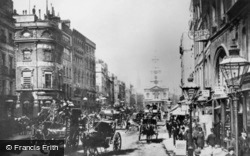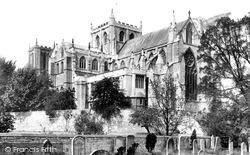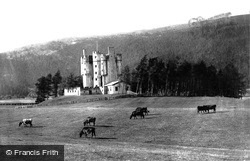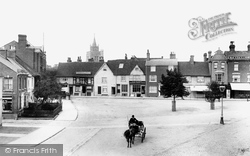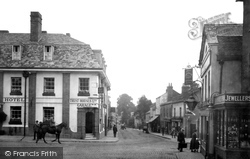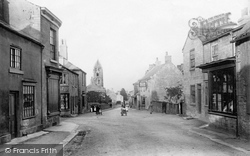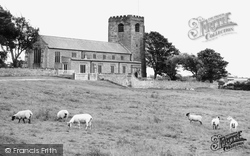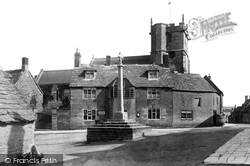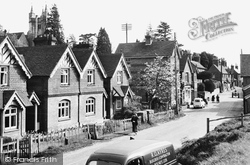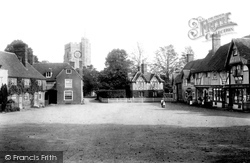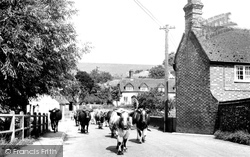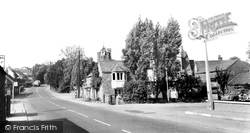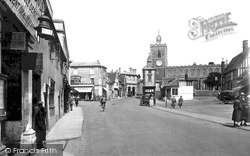Places
36 places found.
Those places high-lighted have photos. All locations may have maps, books and memories.
- Poplar, Middlesex
- Bow, Middlesex
- Bethnal Green, Middlesex
- Stepney, Middlesex
- Alton Towers, Staffordshire
- Isle of Dogs, Middlesex
- Limehouse, Middlesex
- Spitalfields, Middlesex
- Barjarg Tower, Dumfries and Galloway
- Bromley, Middlesex
- Stratford Marsh, Middlesex
- Tower Hill, Merseyside
- Tower Hill, Essex
- St George in the East, Middlesex
- Wapping, Middlesex
- Globe Town, Middlesex
- Old Ford, Middlesex
- Cubitt Town, Middlesex
- Tower Hill, Cheshire
- Tower Hill, Surrey
- Bow Common, Middlesex
- Mile End, Middlesex
- Millwall, Middlesex
- Ratcliff, Middlesex
- Warmley Tower, Avon
- Tower Hill, Hertfordshire
- Tower End, Norfolk
- Tower Hamlets, Kent
- Tower Hill, Devon
- Tower Hill, West Midlands
- Blackwall, Middlesex
- North Woolwich, Middlesex
- Hackney Wick, Middlesex
- Shadwell, Middlesex
- South Bromley, Middlesex
- Tower Hill, Sussex (near Horsham)
Photos
2,720 photos found. Showing results 2,121 to 2,140.
Maps
223 maps found.
Books
1 books found. Showing results 2,545 to 1.
Memories
637 memories found. Showing results 637 to 637.
Captions
3,036 captions found. Showing results 2,545 to 2,568.
Most of the buildings have gone, and on the site of the clock tower there is now a large indoor shopping complex and car parking facilities.
In the 14th century the estate passed into the hands of Alan Stewart of Darnley; the tower was probably built in the early 15th century by Sir John Stewart, Constable of the Scots in the French service
The late Norman church, distinguished by its red crenellated tower, contains some ancient wall paintings, including a fresco of the murder of Thomas a Becket.
The church, known locally as 'the cathedral of the marshes', with its 128ft nave and 83ft tower, presents an imposing landmark.
At the far right are the wall and railings belonging to the Congregational Church of 1874; its tower was kept when the church was demolished to make way for the Hale Leys Shopping Centre in 1988.
Built of flint and stone, it has a Perpendicular nave, chancel and west tower. The top of the canopy has been repaired in brick. The Norman font is a large single-scalloped capital.
The mighty tower was added by Gibbs in 1719.
The cathedral looks massive, but is in fact relatively small; the central and two western towers are of no great height. The original church built by St Wilfred was destroyed in 950 AD.
About the time this picture was taken, plans by Sheppard Fidler had been accepted for a 461-acre development to include sixteen-storey tower blocks, two shopping centres, schools, community buildings
This five-storey, L-plan tower-house was built by the Earl of Mar in 1628. It was here in August 1714 that a so-called hunt was assembled by John Erskine, sixth Earl of Mar.
The former offices of Eastern Gas have already undergone a dramatic change: Tower Point is now 11 floors of one- to four- bedroom flats in the main area and a fitness centre at the south end.
Looming over the town is the tower of the town hall, clearly more than a little influenced in its design by its more prestigious neighbour at Leeds.
Kingsbury Square is the market place for the oldest part of the town; this grew up around the church, whose tower can be seen beyond the roofs.
Beyond is now 'Fred's Folly', the 1960s County Council office tower block, a landmark for miles around.
The tower is modelled on Angouleme Cathedral. The builder, Joseph Aloysius Hansom, had earlier in 1836 patented the new safety cab bearing his name.
The tall tower is all that remains of the 17th-century church, for the main part was rebuilt in the 19th century.
Behind are the nave and tower of the parish church of St Edward the Martyr.
It looks like a Gothic cathedral with its flying buttresses; an intended west tower was never built. The church was consecrated in 1896 and unveiled as the new parish church in 1889.
The parish church of St Mary's oldest part is the tower, which probably dates from the 14th century.
The tower of the church of St Mary Magdalene can be seen behind the houses on the left.
Here we see the heart of what many claim is Kent's prettiest village: the tower of its 15th- century flint-stone church of St Mary looks down on this spacious square lined with half- timbered
The church has an impressive flint tower, Norman doorways and a splendid Jacobean roof to the nave.
In front of the church is a three-storey tower which forms a part of the Old Hall.
The spacious market place is dominated by the venerable flint church of St Mary's with its Norman tower, 14th-century arcades, impressive clerestory, and knapped flint chancel.
Places (38)
Photos (2720)
Memories (637)
Books (1)
Maps (223)


